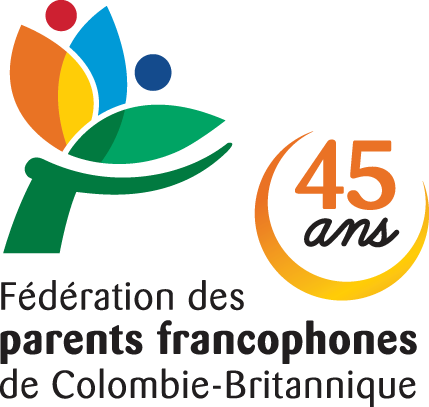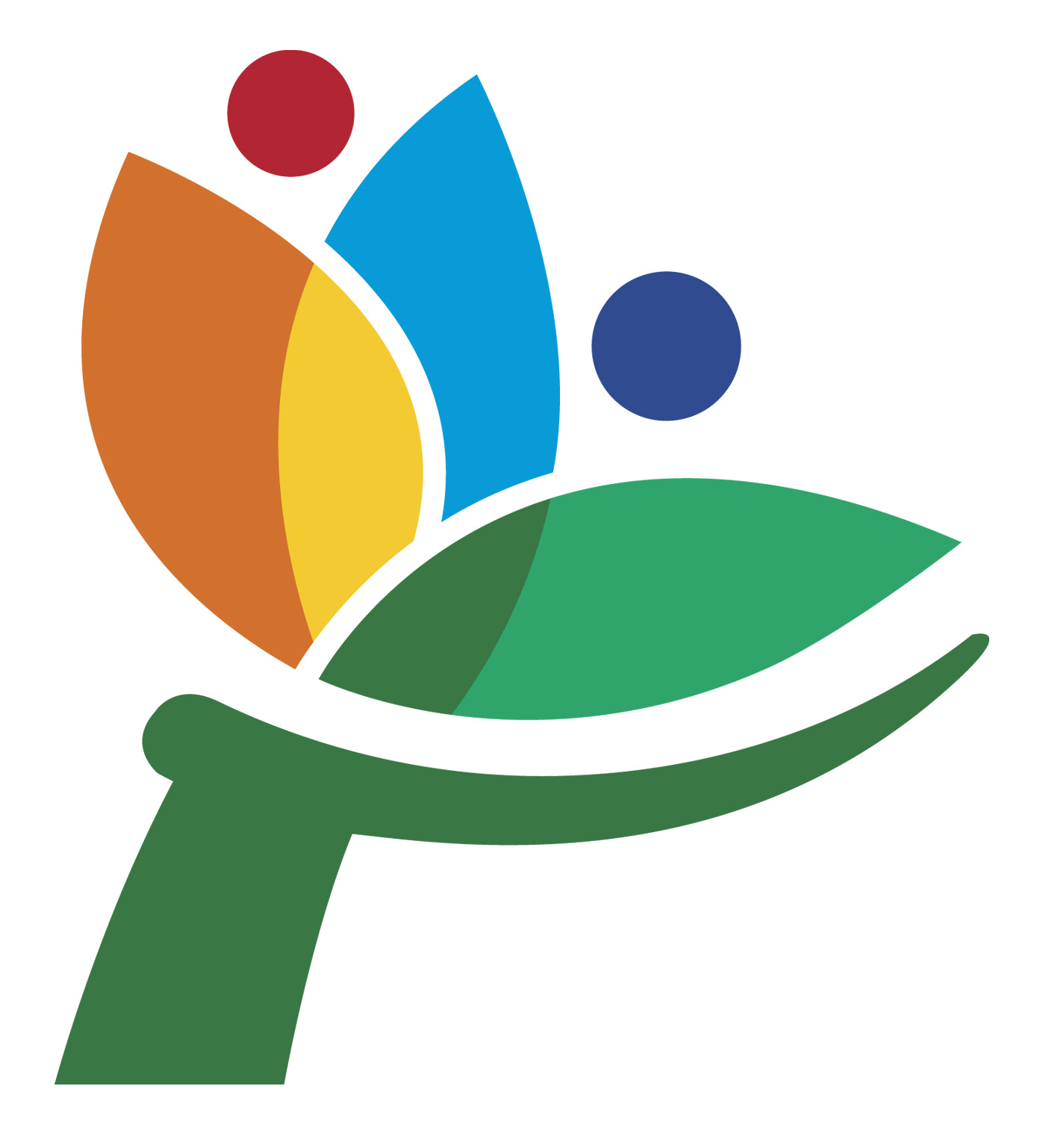Article from Parenthèse published on 8 October 2021, in the Transmission of French Language category.
Over half of the world's population (between 60% and 75%, according to estimates) is bilingual or multilingual, and for a child it’s quite normal to learn two or more languages from birth.
In fact, acquiring two first languages is as natural for young children as learning just one!
However, for children to develop skills in more than one language, they need to be spoken to in each of the languages targeted for at least 30% of their time awake. Interaction with people speaking the language is essential for children's language learning. Listening to the radio or watching videos in French is not enough for a child to learn the language.
In addition, bilingual children possess several cognitive advantages compared to unilingual children. In particular, studies show that bilingual children have a better attention span and capacity for creative thinking.
 The Various Types of Bilingualism
The Various Types of Bilingualism
There are several types of bilingualism. If French is spoken to your child from birth and they are also exposed to English, they will learn both languages at the same time and develop “simultaneous early bilingualism.” It’s a strong bilingualism, also called additive bilingualism.
If your child is exposed to only one language first, then to a second language afterwards, even if it’s quite early in childhood, the result will be “successive early bilingualism.” Your child’s level of bilingualism might also be strong in this situation, but it will be important to allow time to learn the second language, because the child will have started learning it a little later.
Because of the higher adaptability of young children’s brains, the preschool years are a particularly opportune time for learning more than one language. The fact that young children can more easily distinguish and reproduce different sounds allows them to learn to speak these languages virtually without an accent.
Therefore, it’s advantageous to support the learning of both languages from the earliest age, rather than waiting until school age to give your child the chance of becoming bilingual.
What can I do to help my child develop a strong level of bilingualism?
Passing on French to your child in a minority language environment, when you live in a mixed or interlinguistic family (where two or even more languages are spoken), is quite possible!
To access information, resources and advice to help you in achieving this goal, subscribe to the free newsletter “Grandir en français”!
Available in English and French versions, “Grandir en français” is a personalized newsletter based on your child's age, specially designed to answer your questions about the language development of your little one, from birth to school entry.
The “Grandir en français” initiative was created by the Fédération des parents francophones de Colombie-Britannique, in partnership with five other Western Canada-based organizations working in the early childhood sector.
To discover “Grandir en français” and to subscribe, visit grandirenfrancais.info.
Recent article in Parenthèse
-
 Press release : The 3rd Summit on the Transmission of French Language in British Columbia will be held on March 14, 2025 in Victoria.
11 March 2025
Press release : The 3rd Summit on the Transmission of French Language in British Columbia will be held on March 14, 2025 in Victoria.
11 March 2025
-
 The Fédération des parents supports APÉs in their efforts to welcome and integrate parents recently settled in the province
21 February 2025
The Fédération des parents supports APÉs in their efforts to welcome and integrate parents recently settled in the province
21 February 2025
-
 Parental commitment seen from the perspective of parents’ associations
21 February 2025
Parental commitment seen from the perspective of parents’ associations
21 February 2025
-
 The Role of Parents in the Transmission of French in Minority Settings
21 February 2025
The Role of Parents in the Transmission of French in Minority Settings
21 February 2025
-
 Francophone child care centres in British Columbia are in full expansion!
21 February 2025
Francophone child care centres in British Columbia are in full expansion!
21 February 2025
-
 Does your child attend a CSF school and you wonder how we came to have this choice in British Columbia?
20 February 2025
Does your child attend a CSF school and you wonder how we came to have this choice in British Columbia?
20 February 2025
-
 45th Annual General Meeting: A Time for Gathering and Productive Discussions
16 December 2024
45th Annual General Meeting: A Time for Gathering and Productive Discussions
16 December 2024
-
 Surrounded by parents and partners, the Fédération des parents celebrates its 45th anniversary!
16 December 2024
Surrounded by parents and partners, the Fédération des parents celebrates its 45th anniversary!
16 December 2024



